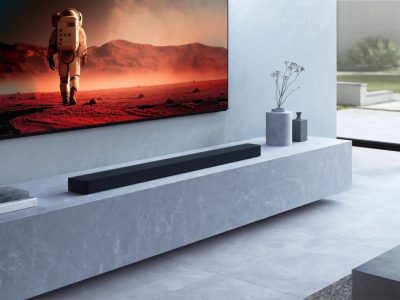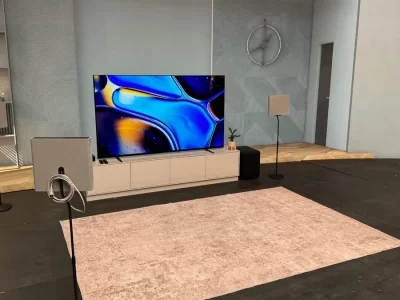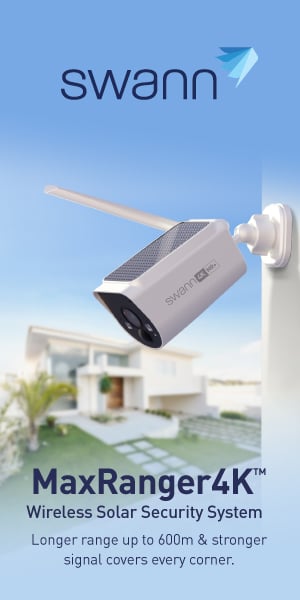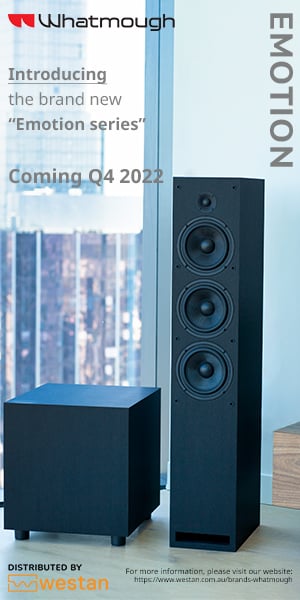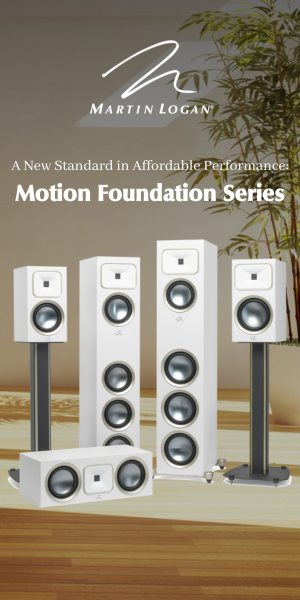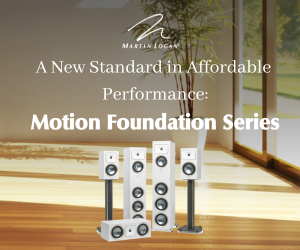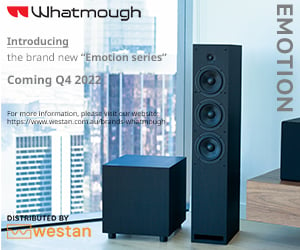Sony has tailored its newest line of Bravia televisions for video streaming with the Japanese Company dropping LG OLED panels for their premium TV, with engineers taking advantage of Sony’s Hollywood investments by adopting the same technology found in their professional monitors used by filmmakers.
This is the first major revamp of the Bravia lineup since the brand launched in 2005 despite claims that Sony who is suffering a fall in TV sales is working on getting out of the TV market in Australia.
The new mini-LED models include the Bravia 7, Bravia 8 and Bravia 9, with specialist dealers who have taken to recommending Sony TV’s set to have access to several unique features in a TV.
Pricing for Australia have not been announced.
Using the marketing line “Cinema Is Coming Home” Sony has delivered via their new Bravia 9 new technology that automatically adjust picture settings to the content being streamed so that sport and movies are delivered with ideal settings.
The new setting capabilities will initially apply to Amazon Prime Video, with the mini-LED adoption Vs OLED allowing Sony to control backlighting, which they claim leads to more realistically detailed presentations on the screen.
Sony said that they responding to the audience shift from free to air TV to streaming. At a Sony event last month “Top Gun: Maverick” director Joseph Kosinski claimed that the Sony Bravia TVs were now capable of presenting films to the audience in the way creators intended.
Although global demand for TVs has dropped off in recent years, demand is coming back and is expected to rise for the first time in four years in 2024, according to market research firm Omdia.
People wish to view movies on screens larger than smartphones and tablets, said Omdia.
“As the result of narrowing the target to the movie-viewing audience, we encountered a market of a certain size, so we were able to achieve a nice focus,” said Kenji Tanaka, a senior vice president at Sony.
Sony is also considering the development of search functions powered by artificial intelligence that will be able to look for content across streaming platforms.
What stands out is that Sony has dumped LG OLED panels for the mini-LED-based backlighting system in the Bravia 9.
Sony claim that the new this new Bravia 9 is 50 per cent brighter and features over three times the number of dimming zones too.
The new enhancement in brightness and blacks is attributed to Sony’s new XR Master Backlight Drive system, which is broken into three components: the processor, LED driver and the Micro LEDs.
As opposed OLED mini-LED delivers pinpoint accuracy when it comes to localised dimming zones, resulting in deeper blacks and less chance of brighter subjects on dark backgrounds creating a halo effect.
Observers claim is where Sony’s expertise working with leading Hollywood display technology gives them an advantage.
Sony have confirmed that they are continuing to use the MediaTek Pentonic 1000 chipset, with Bravia 9 featuring two HDMI 2.1 sockets, which will support 4K/120Hz gaming with VRR and ALLM.
These HDMI 2.1 sockets are also expected to support Dolby Vision up to 120Hz, however, unlike LG’s latest OLED TV’s that will only, support 144Hz gaming.
One of these connectors will also serve as an eARC port for connecting an AVR, or a Dolby Atmos soundbars.
Also, on board the Bravia 9 is the LED Acoustic Multi-Audio+ system which features a 70W 2.2.2 channel audio system.
This incorporates two front-facing 10W midrange drivers, two 5W frame tweeters (which are mounted within the side of the frame of the TV), two 10W upward firing beam tweeters and dual 10W subwoofers, with each pair of speakers all featuring individual amplifiers providing the power. Sony claims that this sound system delivers an enlarged surround sound effect while retaining clearer and more precise sound positioning.
The Bravia 9 will be available in 65-, 75- and 85 inches.
Another model launched is the Bravia 8 which is the only new 2024 TV from the Japanese Company that uses an OLED panel.
Sony hasn’t gone into much detail on this model with some claiming that they are looking at moving this model to mini-LED display.
Also coming is a Bravia 7 model in three size options – 55-, 65- and 77-inches. This TV has a less advanced backlighting system compared to the Bravia 9; however, it moves up from a full array local dimming backlight on the X90L to a Mini LED system this year.
It will deliver a 30 per cent brighter display than prior Sony TV’s as well as featuring eight times more dimming zones.
Paired with the enhanced XR Processor and slightly less powerful Acoustic Multi Audio system that forgoes the upward-firing beam tweeters this is set to be a key product for Sony in the value market.
It retains the same gaming specs as its higher-end Bravia siblings, with dual HDMI 2.1 sockets and support for VRR, ALLM and Dolby Vision up to 120Hz.












